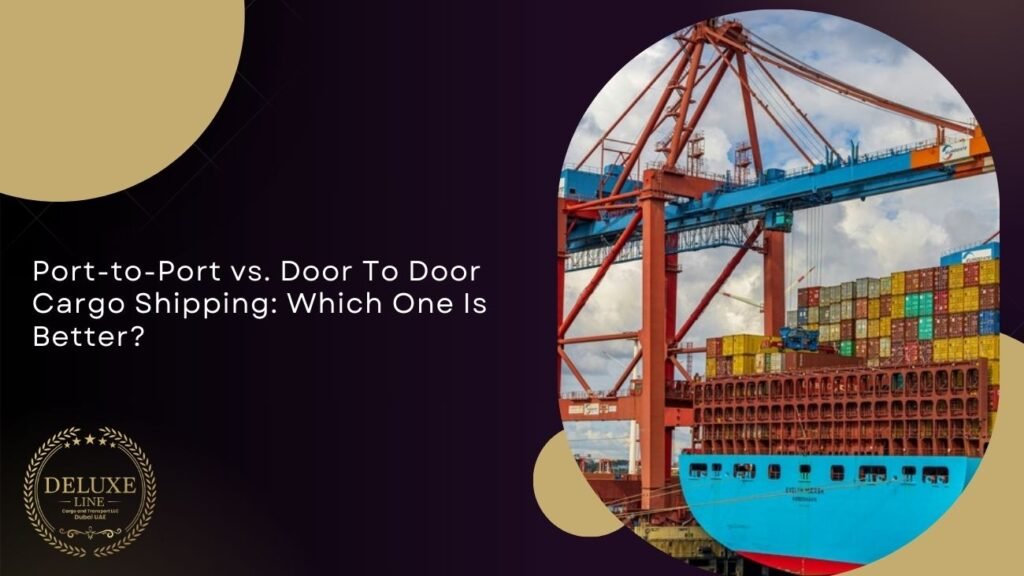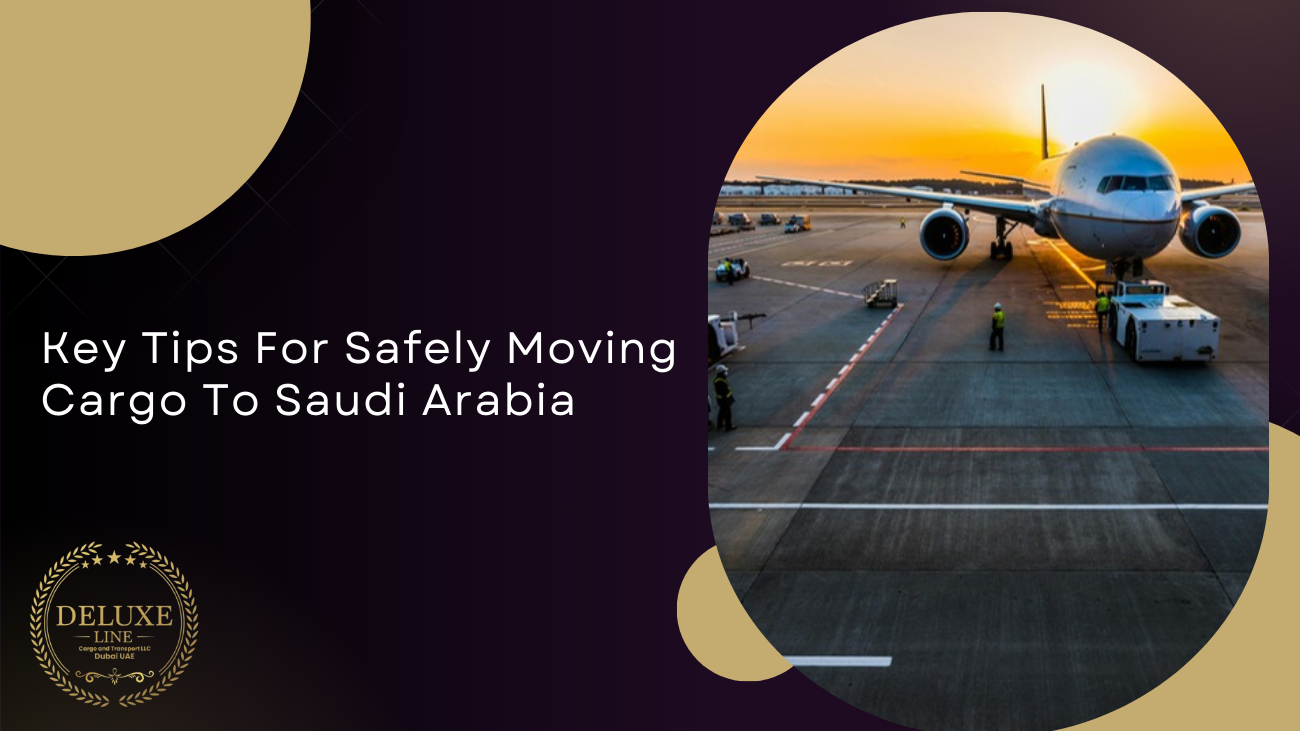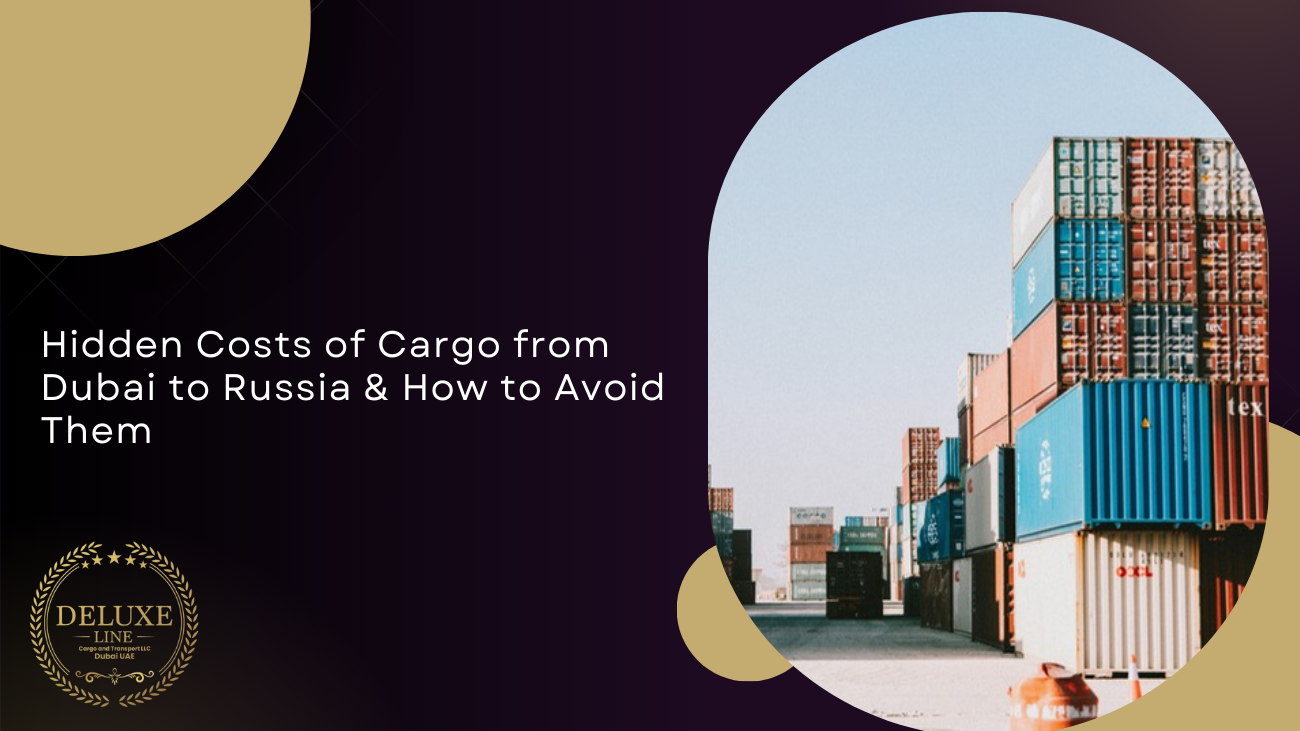In the world of international logistics, there is a need for businesses to learn the difference between door to door and port-to-port shipping. Based on the needs of shipping, deadlines, and costs, all the models have unique benefits. While port-to-port only offers transports between seaports, door to door cargo offers a comprehensive solution from pickup to delivery.
Port-to-Port Shipping
This service includes the transportation of goods from the port of origin to that of destination. For example, electronic products from Shanghai to Dubai are dealt with until they arrive at the port of Dubai; after which, the responsibility of the carrier ends. Customs clearance and delivery to the final destination are handled by the recipient or his agent. Although this may lower the initial shipping costs, it tends to require the consignee to coordinate with many parties.
Door-to-Door Shipping
This is an all-round service that covers pickup from the shipper’s place, all the way up to delivery at the recipient’s doorstep. It involves different means of transportation and involves such logistics management as customs clearance. Many businesses in Dubai rely on Deluxe Line Cargo & Transport for dependable door to door cargo services that eliminate the complexities of international shipping by handling the entire process from beginning to end.
Key Comparison Factors
Cost Composition:
Port-to-Port: Includes basic freight costs, loading at the origin port, as well as unloading at the destination port. In-transit transportation, customs clearance, and storage charges that are the responsibility of the consignee, are not included in it.
Door-to-Door: Includes inland transportation in addition to transport and handling, customs clearance, potential fees for storage, and transit insurance. Despite the relatively high pricing, many clients of Deluxe Line Cargo & Transport enjoy the benefits of the all-inclusive charging for the door to door cargo services.
Responsibility and Risk Division:
Port-to-Port: Risk and responsibility are usually shifted to the consignee as soon as the goods reach the destination port. Such a setup will require additional planning and hiring third parties to handle customs and local deliveries.
Door-to-Door: From the point of pickup to the point of delivery, the service provider takes full responsibility. With such carrier like Deluxe Line Cargo & Transport, the customers have the peace of mind knowing that their door to door cargo is in experienced hands at all times during the journey.
Transportation Time Estimation:
Port-to-Port: Easier to estimate due to limited scope—focused on ocean transit and port handling.
Door-to-Door: Involves multiple transport modes and variables like customs procedures and local road conditions, making time estimates more complex. However, providers experienced in door to door cargo services often mitigate delays through proactive coordination and tracking systems.
Requirements for the Consignee:
Port-to-Port: The consignee is responsible to handle customs clearance and organize inland transport from the port. This can be daunting if one has no previous experience.
Door-to-Door: The consignee only receives the shipment at the designated address. By using such a reliable company as Deluxe Line Cargo & Transport, shippers and consignees experience complete logistics with minimal effort on their side.
Conclusion
Every logistics businesses need to understand the difference between both port-to-port and door to door shipping. Port-to-port freight refers to transportation from the port of departure to the port of arrival, and a door-to-door cargo is a full solution from the pickup point to the delivery destination. Deluxe Line Cargo & Transport offers dependable door to door cargo services.





